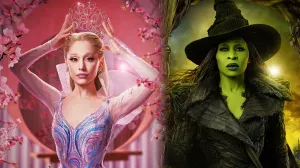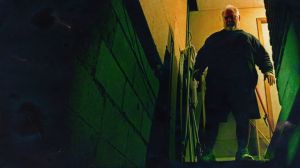Wicked and Wicked: For Good wonderfully adapt the acclaimed Broadway musical, bringing its many compelling characters to the big screen. An alternate take on The Wizard of Oz, the two-part movie revolves around the relationship between Elphaba (Cynthia Erivo), also known as the Wicked Witch of the West, and Glinda the Good Witch (Ariana Grande). Wicked takes place in the Land of Oz as Elphaba and Glinda meet at Shiz University and later travel to the Emerald City together to meet the Wizard (Jeff Goldblum). Wicked: For Good turns darker and more serious, focusing on Elphaba’s exile after being unjustly villainized, as well as Glinda’s life as a public figure in Oz. The musical’s moving conclusion in Wicked: For Good pays off its main character arcs in a satisfying way, solidifying both films as a must-see adaptation.
Videos by ComicBook.com
Ranked from worst to best, the following seven characters make Wicked and Wicked: For Good a spellbinding tale.
7) The Wonderful Wizard of Oz
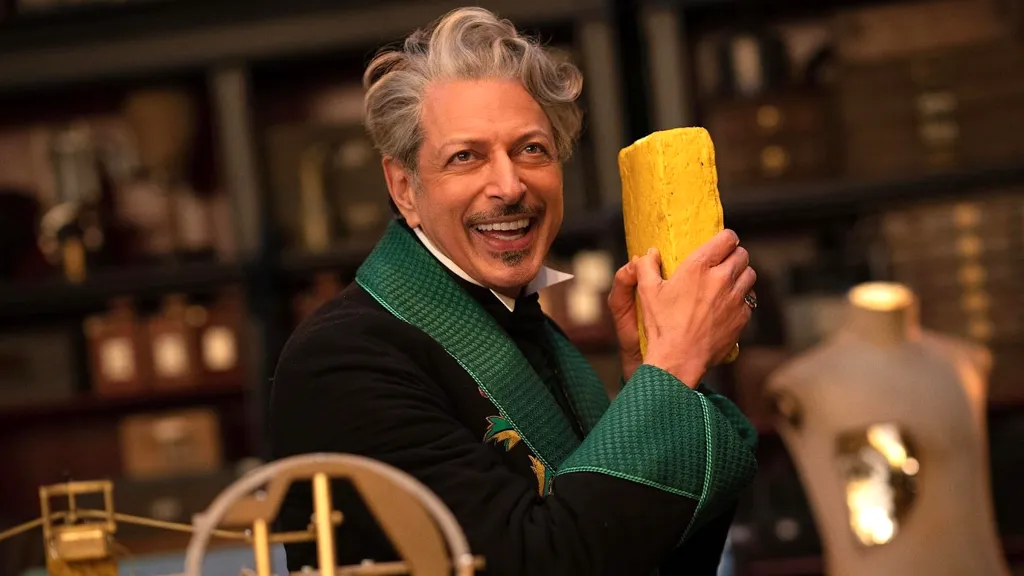
The Wonderful Wizard of Oz is a sinister con artist who masquerades as a powerful magician and turns Ozians against their fellow citizens. The character’s whimsical demeanor serves as comic relief in Wicked and Wicked: For Good, producing many sly remarks that offer insight into his schemes. In his most memorable scene in Wicked, the Wizard cleverly explains that “the best way to bring folks together is to give them a real good enemy,” in reference to the oppression of animals in Oz. An amusing blend of lightheartedness and evil, the Wizard’s personality is much more interesting than one would expect. His downfall at the end of Wicked: For Good fittingly extinguishes his shameful career built on deceit. Far from the most memorable character in the films, the Wizard still makes for a fun and intriguing antagonist.
6) Madame Morrible

Madame Morrible (Michelle Yeoh) is the conniving propagandist constantly working to spread the Wizard’s lies. As the Dean of Sorcery Studies at Shiz University and the Wizard’s Press Secretary, Morrible majorly influences the events of Wicked and Wicked: For Good. A master of deception, herself, Morrible feigns kindness toward Elphaba before trying to use her to advance her anti-animal agenda. Morrible is the driving force behind the mass vilification of Elphaba, using magic and media to paint her as an enemy.
Over the course of the two movies, Morrible proves a formidable obstacle for Elphaba. Unlike the Wizard, Morrible puts her maliciousness on full display while decrying those she targets. She’s easily detestable, making her expulsion at the end of Wicked: For Good all the more enjoyable. Morrible isn’t as exquisite as other characters, though she’s the over-the-top evil villain the story needs.
5) Nessarose

Elphaba’s younger sister Nessarose (Marissa Bode) doesn’t have nearly enough screen time, but she ends up one of the most interesting characters in Wicked and Wicked: For Good. Nessarose’s arc diverges from that of Elphaba as she effortlessly finds love and succeeds her father as the mayor of Munchkinland. Yet, Nessarose becomes a tragic character in her own way. Her world comes crashing down when Boq (Ethan Slater) leaves her, and then, a house lands on top of her.
Nessarose’s undoing is harrowing to witness, but one has to imagine she had it coming after needlessly restricting Munchkin travel and shrinking Boq’s heart with a botched spell. An evidently complicated character, Nessarose serves as a fascinating foil to her sister. The so-called Wicked Witch of the East’s shift from good-natured to downright cruel is among Wicked and Wicked: For Good‘s best side plots.
4) Dr. Dillamond

Dr. Dillamond (voiced by Peter Dinklage) ranking this high might come as a surprise, given that he hardly appears in Wicked: For Good. Despite his status as a minor character, the Shiz University professor plays an important role in Wicked. The story primarily channels its themes about persecution through Dr. Dillamond, who shockingly gets arrested while teaching his students about animal culture in Oz. The talking goat forms a meaningful bond with Elphaba and serves as her inspiration for helping the animals who have been banished from their home. Dr. Dillamond is a truly wholesome character whose devastating fate injects some darkness into Wicked‘s mostly lighthearted portion of the musical. It’s a shame that Dr. Dillamond doesn’t show up more in Wicked: For Good, but his impact on the first movie is unforgettable.
3) Fiyero
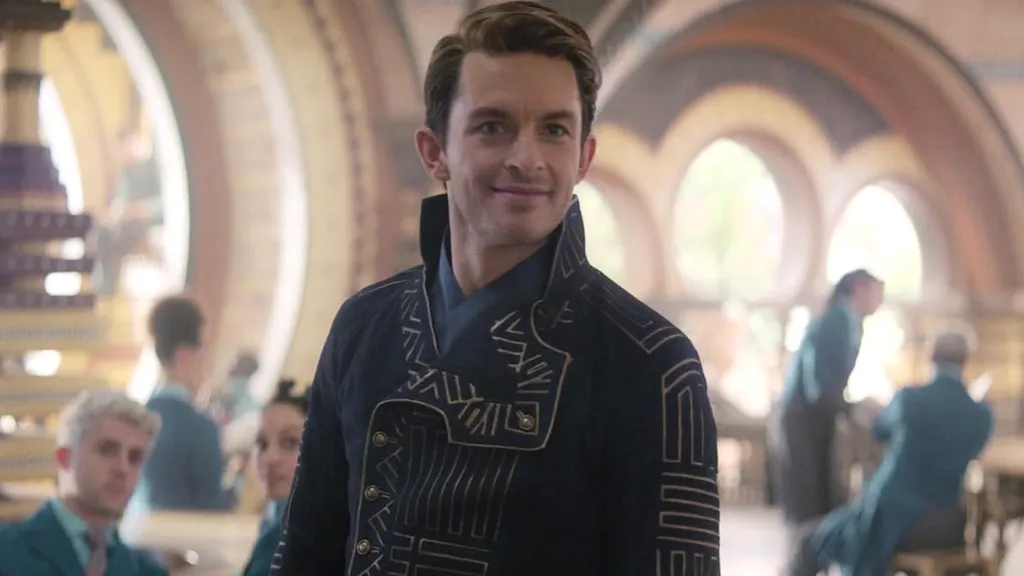
Although predominantly used as a romantic plot device, Prince Fiyero (Jonathan Bailey) outshines all of Wicked and Wicked: For Good‘s supporting characters. His introductory musical number, “Dancing Through Life,” is one of the funnest sequences in Wicked. Fiyero’s cool charisma is totally infectious throughout the films, and his carefree attitude is a breath of fresh air. Torn between his seemingly perfect romance with Glinda and his more genuine love for Elphaba, Fiyero features prominently in the story’s outstanding bait-and-switch in Wicked: For Good. Turning into a scarecrow takes Fiyero’s arc in a surprising direction, but it’s a gratifying end, considering that it happened because of his courage to stand up for what’s right.
2) Glinda
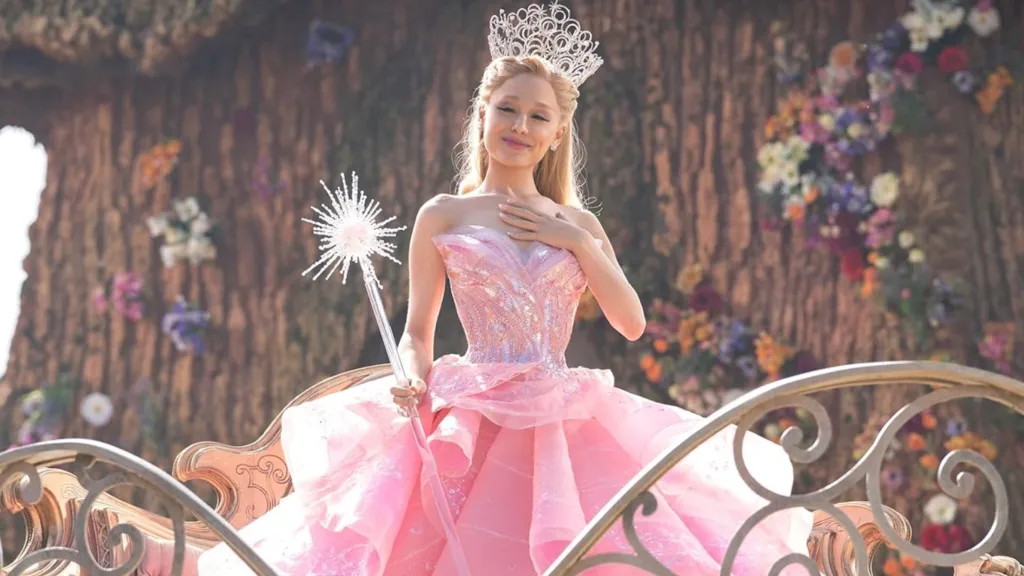
Glinda, initially known as Galinda, often demonstrates poor morals; however, it’s difficult not to root for her. Spineless and self-serving, Glinda can’t seem to get out of her own way when it comes to publicly supporting Elphaba. Much more concerned with the appearance of doing good than actually doing good, Glinda displays a great degree of complexity as she grows closer to Elphaba and realizes that having everything she wants doesn’t make her happy. Glinda’s bright and humorous personality is so enjoyable, and it’s amazing to see more of her vulnerable side in Wicked: For Good. Befriending Elphaba opens Glinda’s eyes to the harsh reality of their world, prompting her to depose the evil Wizard and Madame Morrible in a worthwhile conclusion to her story.
Glinda’s songs, such as “Popular,” “Thank Goodness/I Couldn’t Be Happier,” and “The Girl in the Bubble,” all excellently serve her characterization throughout Wicked and Wicked: For Good. Her transformation from a bubbly, attention-seeking puppet to an enlightened individual on the path to redemption makes for a fulfilling journey across the two movies. Glinda’s arc evokes a range of emotions, from frustration and laughter to sympathy, cementing her as the musical’s second-best character.
1) Elphaba

From the instant she arrives at Shiz to the moment she fakes her death and flees Oz with Fiyero, Elphaba is the beating heart of Wicked and Wicked: For Good. Her story is marked by tragedy as she evolves into a layered portrait of power, determination, and compassion. Reviled for her green skin since birth and wrongfully labeled an enemy of Oz, Elphaba endures enough pain to turn a person into a genuine villain. Yet, the one-of-a-kind magic-wielder strives to use her gift for good, resolving to save the animals and expose the Wizard as a fraud. Elphaba’s operatic solo “Defying Gravity” emphatically represents her empowerment as she decides to pursue life on her own terms in the face of those trying to exploit her.
Elphaba’s persona is far from one-dimensional, though, as she struggles with her repeated failures to take down the Wizard and protect those she loves. She accepts her villainy in the profoundly cathartic hymn “No Good Deed” before coming to terms with the fact that she cannot achieve all she set out to do. Elphaba is admirably fierce and unyielding in her beliefs, but also shows deep warmth and benevolence toward Glinda, Fiyero, and her animal allies. A magnetic presence whenever on screen, Elphaba prevails as Wicked and Wicked: For Good‘s best character because of her intricate development, riveting emotional set pieces, and inspiring journey in Oz.
Wicked: For Good is now playing in theaters.
How do you rank the characters of Wicked and Wicked: For Good? Leave a comment below and join the conversation now in the ComicBook Forum!

